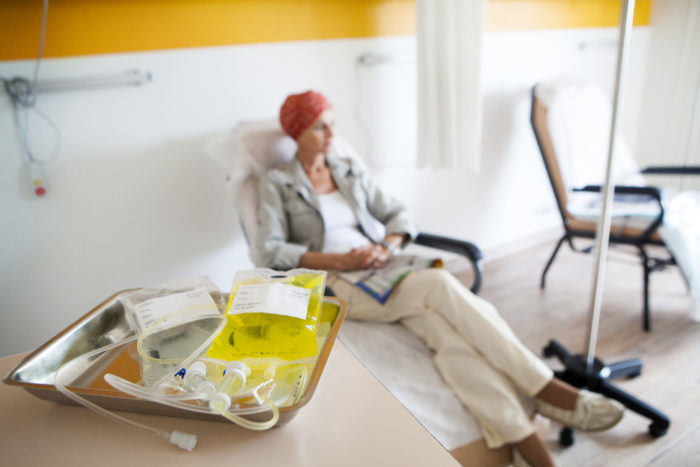What President Trump’s Drug Pricing Plan Means for Cancer Patients
June 1, 2018
As the global cancer community convenes for the annual meeting of the American Society of Clinical Oncology, one question looms large: What will President Donald Trump’s blueprint to lower drug prices mean for patient access? Especially for cancer patients, who may take several medications or live on a fixed income?

Patient advocates applaud certain elements of the plan, such as reforming the 340B drug pricing program and reining in pharmacy benefit managers’ excess profits. Yet many express concern that one part of the president’s plan may not yield the envisioned results. That’s the proposal to reconfigure how Medicare pays for physician-administered Part B drugs.
Called “American Patients First,” the president’s plan cites four strategies: improved competition, better negotiation, incentives for lower list prices and lowering out-of-pocket costs. These broad areas offer many opportunities for meeting the president’s aims. Except, perhaps, for the “better negotiation” strategy that would allow private Medicare Part D plans to negotiate prices for certain drugs currently covered under Part B. Which drugs remains unclear.
Some stakeholders believe transitioning Part B drugs to Part D could lead to increased costs for seniors – if they can access their medication at all.
Under Part B, medications are injected or infused by a health care provider and covered under a patient’s medical benefit. The patient generally pays a stable, relatively modest co-pay. Part B does not use a formulary of approved drugs, meaning that patients and physicians can access the therapy of their choosing. Part B includes life-saving chemotherapy infusions, often provided to patients with few other treatment options.
By contrast, the plans that manage Part D use formularies to dictate which drugs are preferred – or covered at all. They aggressively apply utilization management practices like prior authorization. They also use drug tiers with high out-of-pocket requirements for innovative medications like biologics.
Given that high out-of-pocket costs are associated with nonadherence, the proposal does not bode well for cancer care. Medication delays can have dire consequences as tumors grow and a patient’s condition deteriorates.
That’s to say nothing of cost. For Part B medications, Medicare directly pays physicians based on an established calculation: the average sales price of the drug plus six percent. The likelihood of generating savings from the proposed change is unpredictable, at best. According to the blueprint, the proposed approach could cut costs “to the extent the aggregate bid prices are less than 106 percent of the current average sales price.”
And if they’re more? The price tag could easily go up, not down.
According to HHS Secretary Alex Azar, President Trump is “tired of the government getting bad deals on the drugs seniors need.” Taxpayers, too, are tired of footing the growing national health care bill. And cancer patients’ household budgets are stretched thin even without the prospect of paying more out-of-pocket.
But consolidating Part B drugs into Part D may not resolve the issue. What’s more, it may actually harm – not help – Americans with cancer.
Tags: Biologics, Cost Sharing, Oncology, Prior Authorization, Regulatory IssuesCategorized in: Blog

